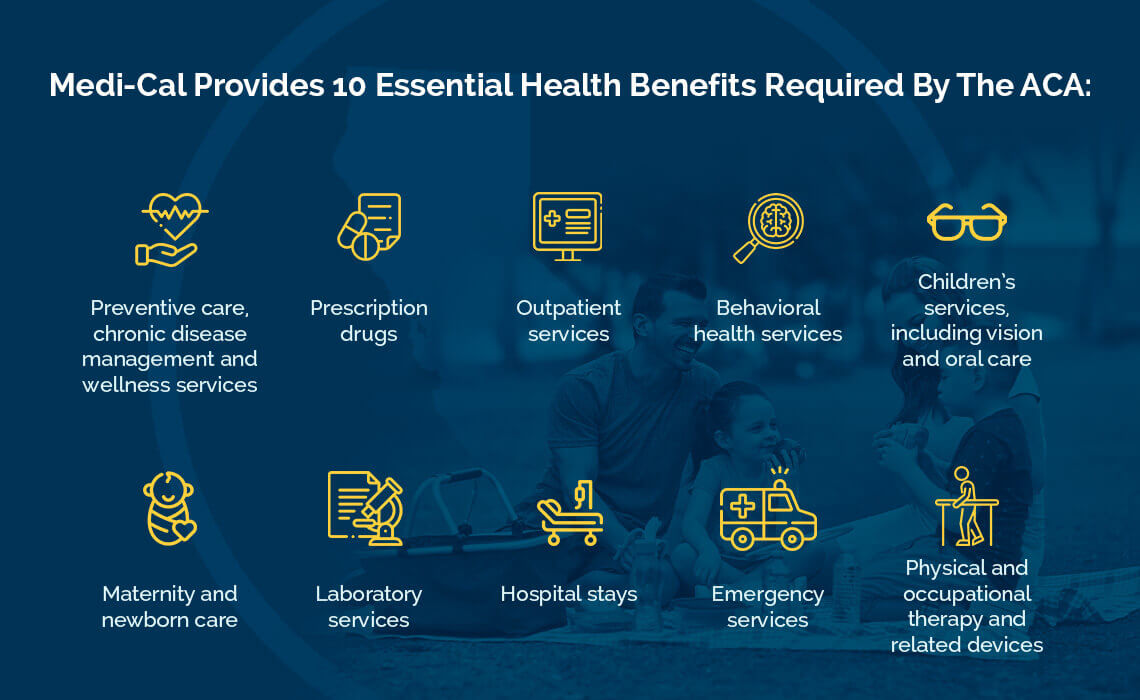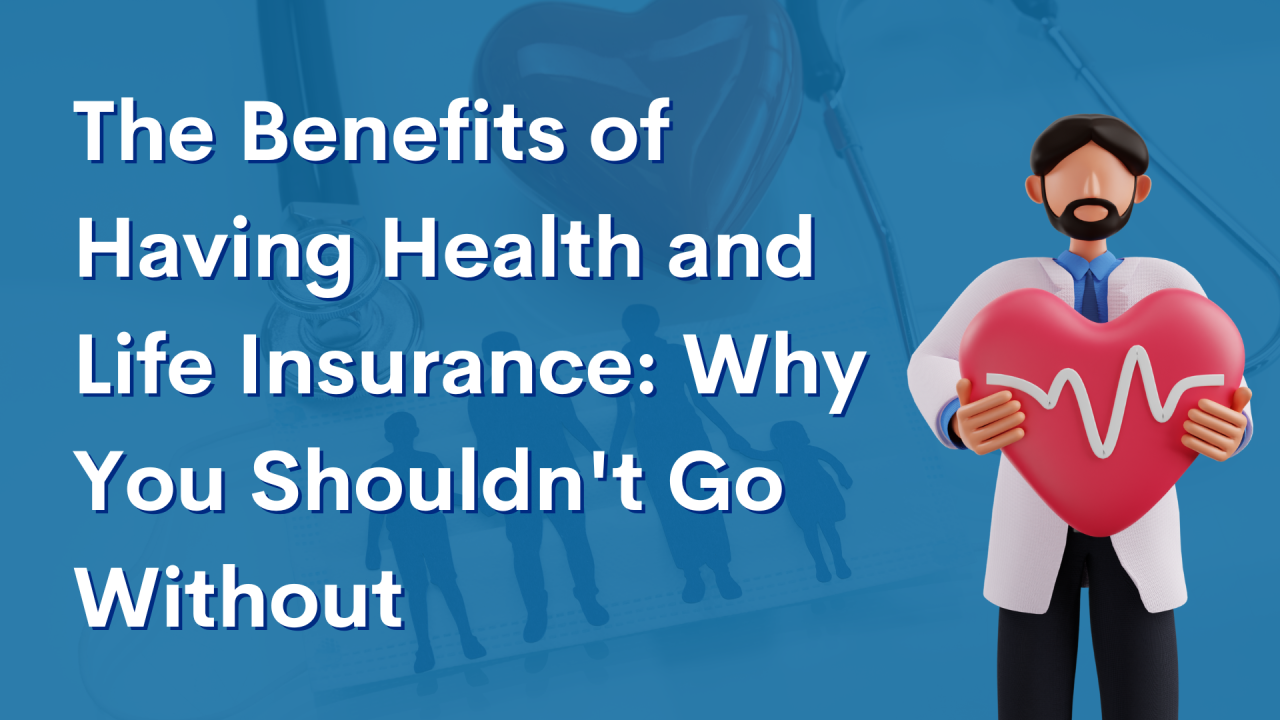The Buzz on Medicare Advantage Agent
The Buzz on Medicare Advantage Agent
Blog Article
What Does Medicare Advantage Agent Mean?
Table of ContentsNot known Details About Medicare Advantage Agent The Medicare Advantage Agent IdeasSome Ideas on Medicare Advantage Agent You Should Know

adheres to from puzzling the relatively young age account of the uninsured with the better wellness, typically, of younger persons. This obscures the web link between wellness status and wellness insurance coverage. For those without access to work environment health insurance policy, poor wellness is a potential obstacle to purchasing nongroup insurance coverage because such coverage may be very priced, leave out pre-existing conditions, or be merely unavailable. The number of uninsured Americans is not specifically big and has actually not changed over the last few years. Seven out of ten participants in a nationally depictive study thought that less Americans did not have medical insurance than actually do(Fronstin, 1998). Approximately fifty percent(47 percent )thought that the number of individuals without medical insurance lowered or remained consistent over the latter half of the last years(Blendon et al., 1999). This decline of almost 2 million in the variety of individuals 'without insurance coverage (a decrease
of around 4 percent)is absolutely a positive change. With a softer economic climate in 2000 the current reported gains in insurance coverage may not continue(Fronstin, 2001 ). The decline in the number of without insurance will certainly not proceed if the economy remains slow and healthcare costs continue to exceed rising cost of living. This is due to the fact that the information were accumulated for a duration of solid financial efficiency. Of the approximated 42 million people who were uninsured, all however concerning 420,000(regarding 1 percent)were under 65 years old, the age at which most Americans end up being eligible for Medicare; 32 million were adults between ages 18 and 65, about 19 percent of all adults in this age team; and 10 million were youngsters under 18 years old, regarding 13.9 percent of all kids (Mills, 2000). These quotes of the number of persons uninsured are generated from the yearly March Supplement to the Present Populace Study (CPS), performed by the Demographics Bureau. Unless otherwise noted, nationwide price quotes of individuals without medical insurance and proportions of the population with various type of protection are based on the CPS, one of the most extensively utilized source of estimates of insurance coverage and uninsurance prices. These studies and the estimates they yield are described briefly in Table B. 1 in Appendix B - Medicare Advantage Agent. These surveys differ in dimension and sampling methods, the inquiries that are inquired about insurance coverage
The Single Strategy To Use For Medicare Advantage Agent
insurance coverage, and the time duration over which insurance policy coverage or uninsurance is gauged(Lewis et al., 1998, Fronstin, 2000a ). Still, the CPS is especially valuable because it generates annual quotes reasonably rapidly, reporting the previous year's insurance policy coverage estimates each September, and due to the fact that it is the basis for a constant collection of estimates for even more than two decades, enabling analysis of patterns in insurance coverage in time.

Medicare Advantage Agent - The Facts
Over a three-year period starting early in 1993, 72 million people, 29 percent of the united state population, were without insurance coverage for a minimum of one month. Within a single year(1994), 53 million individuals experienced a minimum of a month without insurance coverage(Bennefield, 1998a). Six out of every 10 uninsured grownups are themselves utilized. Although working does enhance the likelihood that and one's relative will have insurance, it is not a warranty. Even participants of households with two full time wage earners have nearly a one-in-ten opportunity of being uninsured (9.1 percent without insurance price)(Hoffman and Pohl, 2000 ). The connection in between medical insurance and accessibility to care is well established, as documented later on in this phase. Although the relationship in between wellness insurance and health and wellness end results is neither direct nor simple, a considerable clinical and health and wellness solutions study literary works links medical insurance coverage
to improved access to care, much better top quality, and boosted personal and population health condition. As an example, the 2nd record, on personal health and wellness results for uninsured adults, is represented by the innermost circle of the number, while the 3rd record, on family members health, incorporates the topics of the 2nd record however highlights a different device of evaluation, particularly, the household. The sixth record in the collection will present details regarding techniques and initiatives carried out in your area, statewide, or across the country to attend to the lack of insurance and its negative impacts. Degrees of analysis for analyzing the results of uninsurance. This discussion of medical insurance coverage concentrates mainly on the united state population under age 65 because basically all Americans 65 and older have Medicare or other public coverage.
It concentrates especially on those without any kind of wellness insurance for any size of time. The problems dealt with by the underinsured remain in some areas comparable to those faced by the uninsured, although they are typically less severe. Uninsurance and underinsurance, however, involve definitely different policy issues, and the techniques for addressing them may vary. Throughout this research and the 5 records to comply with, the primary focus is on persons with no medical insurance and thus no assistance in spending for wellness treatment beyond what is offered with charity and safety and security web organizations. Medical insurance is a powerful variable impacting receipt of care because both people and medical professionals react to the out-of-pocket price of solutions. Medical insurance, nevertheless, is neither necessary neither adequate to acquire accessibility to clinical services. The independent and straight effect of wellness
insurance coverage protection access to health services solutions well established. Others will obtain the wellness care they require even without medical insurance, by paying for it out of pocket or seeking it from providers that offer treatment free or at extremely subsidized prices. For still others, health and wellness insurance alone does not make sure invoice of care due to other nonfinancial obstacles, such as a lack of healthcare carriers in their community, minimal access to transportation, illiteracy, or etymological and social differences. Official study about without insurance populaces in the United States dates to the late 1920s and very early 1930s when the Board on the Cost of Treatment produced a series of records concerning financing physician office visits and hospitalizations. This problem came to be salient as the numbers of clinically indigent climbed up throughout the Great Depression. Empirical research studies constantly sustain the link between access to care and like it enhanced health and wellness end results(Bindman et al., 1995; Starfield, 1995 ). Having a regular source of care can be thought about a forecaster of accessibility, instead of a direct procedure of it, when health and wellness results are themselves made use of as accessibility indicators. This extension of the concept of gain access to dimension was made by the IOM Board on Keeping Track Of Access to Personal Healthcare Solutions(Millman, 1993, p. Whether or not parents are insured appears to affect whether or not their children obtain treatment along with just how much careeven if the youngsters themselves have insurance coverage(Hanson, 1998). The wellness of moms and dads can impact their capability to take care of their kids and the level of household anxiety. Fretting regarding their children's accessibility to care is itself a resource of anxiety for parents. Three phases adhere to in this report. Chapter 2 provides an overview of just how employment-based health and wellness insurance policy, public programs and private insurance coverage run and communicate to offer extensive yet insufficient click for info coverage of the united state populace. This includes a testimonial of historical trends and public laws impacting both public and private insurance policy, a conversation of the interactions amongst the different kinds of insurance, and an evaluation of why individuals move from one program to an additional or wind up

Report this page